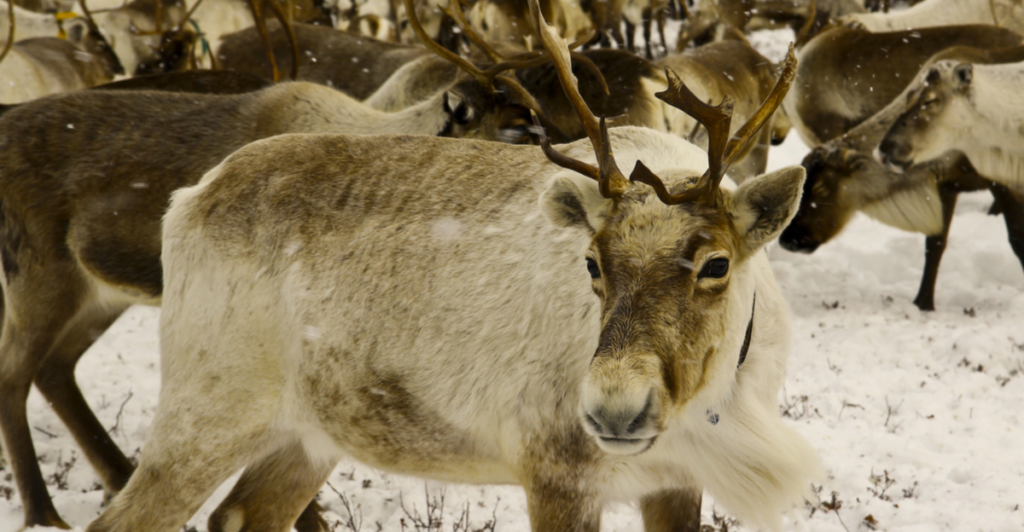
In the evolving field of wildlife conservation, a recent study has highlighted the efficacy of traditional ecological knowledge (TEK) in tracking caribou populations. The study found that Indigenous tracking methods demonstrated a 94% accuracy rate, surpassing a $1 million artificial intelligence (AI) system. This finding underscores the value of Indigenous knowledge systems in wildlife management.
The Role of Caribou in Indigenous Cultures

Caribou, known as reindeer in some regions, hold significant cultural, spiritual, and economic importance for many Indigenous communities across North America. These animals are integral to traditional lifestyles, providing food, clothing, and materials for tools. The deep connection between Indigenous peoples and caribou has fostered a profound understanding of their behaviors, migrations, and habitats, forming the foundation of traditional ecological knowledge (TEK).
Traditional Ecological Knowledge (TEK) Explained
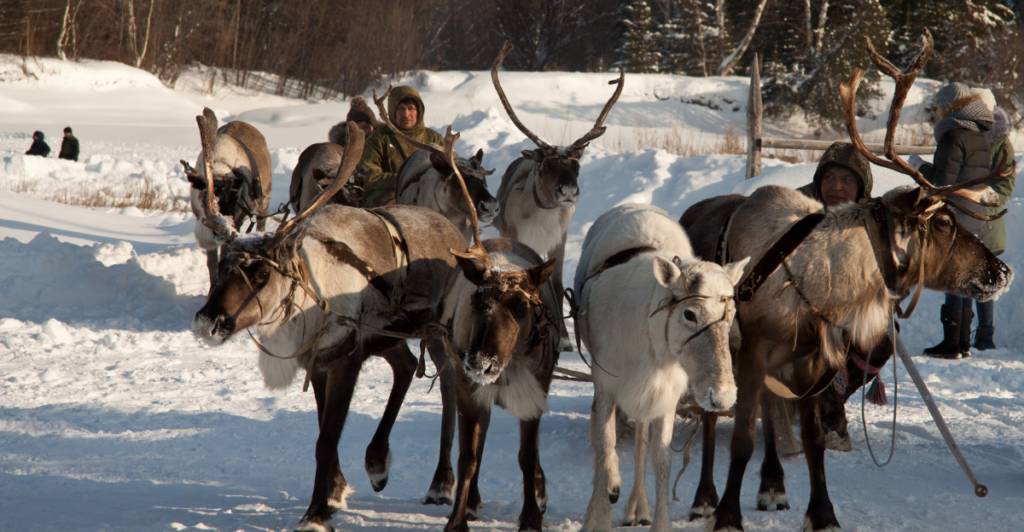
TEK encompasses the cumulative knowledge, practices, and beliefs developed by Indigenous peoples through centuries of interaction with their environment. This knowledge is passed down through generations and includes insights into wildlife behavior, plant properties, and ecological processes. In caribou tracking, TEK involves observational skills, understanding seasonal patterns, and interpreting subtle environmental cues that indicate caribou presence and movement.
Modern AI Systems in Wildlife Tracking

Advancements in technology have led to the development of AI systems designed to monitor wildlife populations. These systems utilize data from GPS collars, camera traps, and remote sensing to analyze animal movements and habitat use. While AI can process large datasets and identify patterns, its effectiveness depends on data quality and algorithm accuracy. In the case of caribou tracking, an AI system was developed for $1 million to monitor populations and predict movements.
Comparing Accuracy: TEK vs. AI
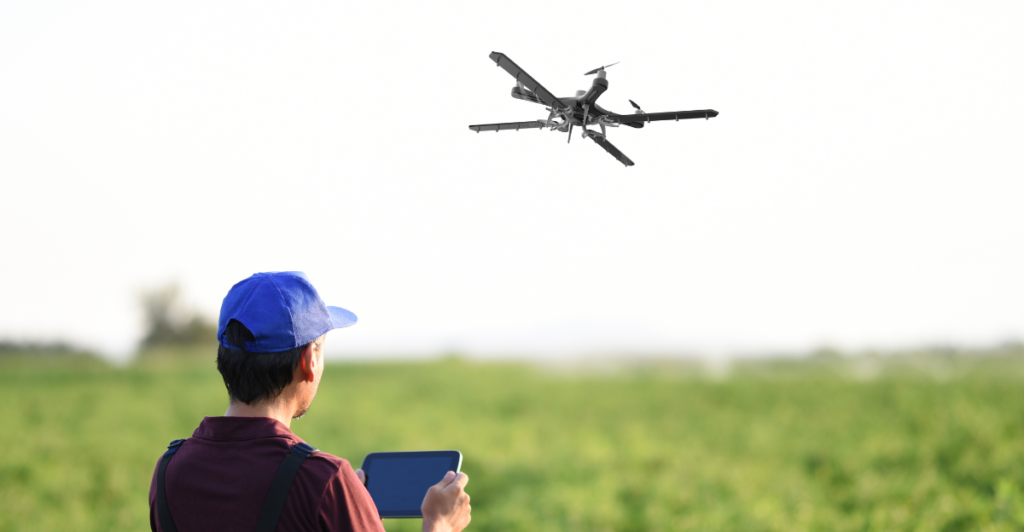
The study revealed that Indigenous tracking methods achieved a 94% accuracy rate in monitoring caribou, while the AI system’s accuracy was lower. This discrepancy highlights AI systems’ challenges, such as data limitations and the complexity of natural environments. In contrast, TEK’s high accuracy stems from generations of detailed observations and a holistic understanding of ecological systems.
Case Study: Taku River Tlingit First Nation

The Taku River Tlingit First Nation in northern British Columbia has effectively integrated TEK into caribou conservation efforts. They have developed habitat suitability models that accurately predict caribou habitat selection by combining traditional knowledge with scientific methods. This collaborative approach has enhanced conservation strategies and reinforced the value of Indigenous knowledge in wildlife management.
AI Applications in Conservation

Despite the challenges highlighted, AI has been successfully applied in various conservation efforts. For instance, AI models have been developed to forecast sea ice conditions, aiding in protecting ice-dependent species. These models provide early warnings of habitat changes, allowing for proactive conservation measures. However, the effectiveness of AI depends on the quality of data and the complexity of ecological systems.
Integrating TEK and AI for Enhanced Conservation

Combining TEK with AI can lead to more robust conservation strategies. Indigenous knowledge provides context-specific insights and a deep understanding of local ecosystems, while AI offers tools for analyzing large datasets and identifying patterns. Integrating these approaches can enhance wildlife monitoring and management, ensuring technological advancements are grounded in ecological and cultural realities.
Challenges in AI Implementation
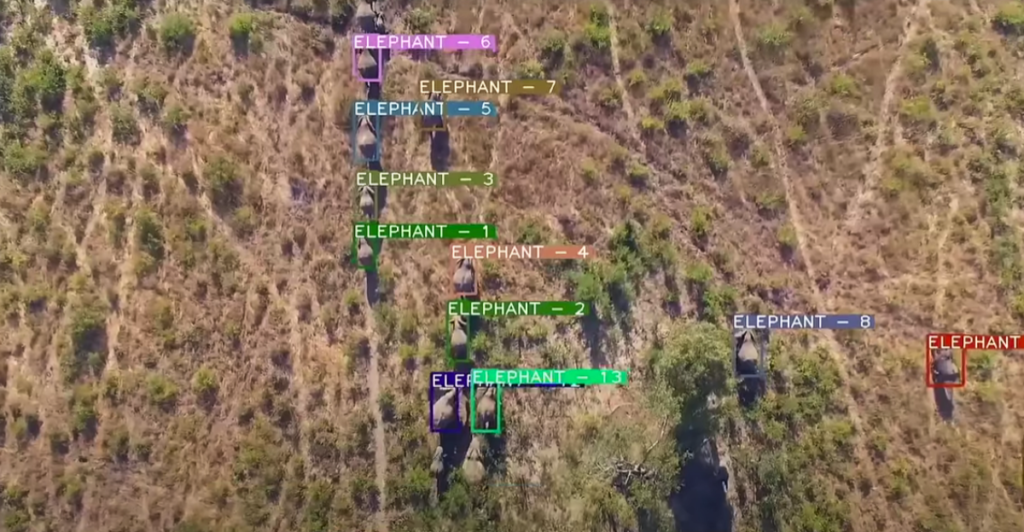
Implementing AI in wildlife tracking presents challenges such as high costs, data quality issues, and the need for algorithm customization to specific species and environments. Additionally, AI systems may not account for the nuanced behaviors and ecological relationships that Indigenous knowledge systems inherently understand. Addressing these challenges requires collaboration with local communities and incorporating traditional knowledge.
The Importance of Community Involvement
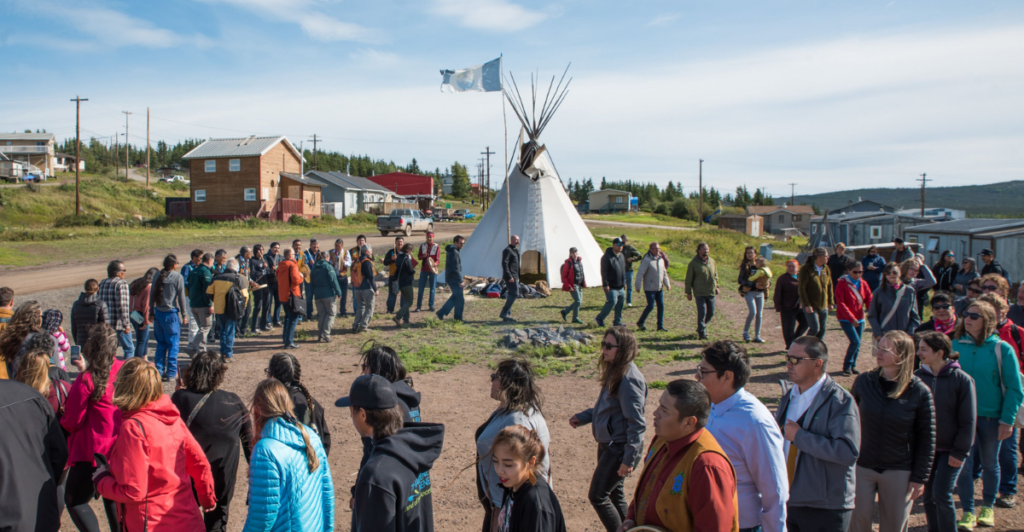
Engaging Indigenous communities in conservation projects ensures that traditional knowledge is respected and utilized. Community involvement leads to more effective and culturally appropriate conservation strategies. For example, Indigenous-led programs have successfully increased caribou populations by integrating TEK with scientific methods, demonstrating the effectiveness of community-based conservation.
Policy Implications and Recommendations
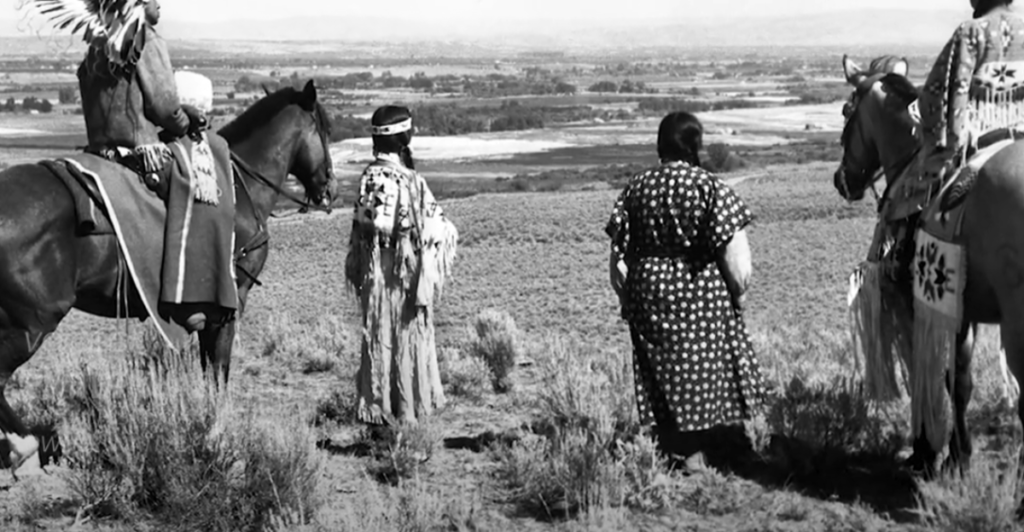
Recognizing the value of TEK in policy development can lead to more effective wildlife management. Policies mandating Indigenous knowledge in conservation planning ensure that management strategies are comprehensive and culturally sensitive. Collaborative frameworks that respect and integrate TEK can improve conservation outcomes and promote biodiversity.
Future Directions in Wildlife Tracking
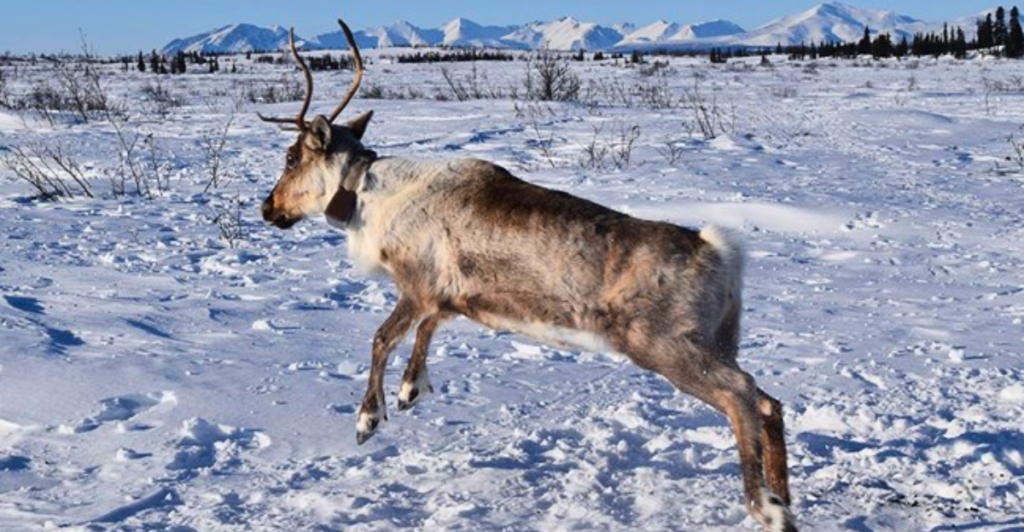
The future of wildlife tracking lies in integrating traditional knowledge and modern technology. Collaborative research that combines TEK with AI can lead to innovative solutions for conservation challenges. Investing in community-based monitoring programs and co-developing technologies with Indigenous communities can enhance the accuracy and effectiveness of wildlife tracking efforts.
Ethical Considerations in Technology Use
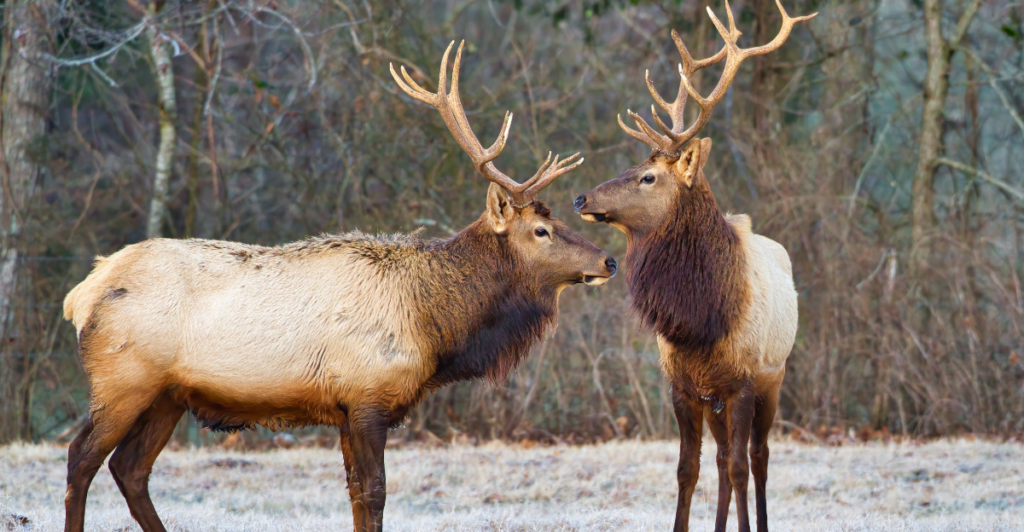
Using AI in conservation raises ethical considerations, including data ownership, consent, and the potential for technology to overlook Indigenous perspectives. Ensuring AI applications are developed and implemented in partnership with Indigenous communities is crucial. This approach respects cultural values and leads to more ethical and effective conservation practices.
Explore more of our trending stories and hit Follow to keep them coming to your feed!

Don’t miss out on more stories like this! Hit the Follow button at the top of this article to stay updated with the latest news. Share your thoughts in the comments—we’d love to hear from you!







